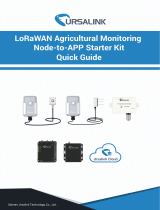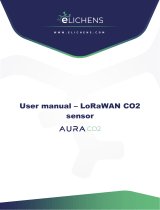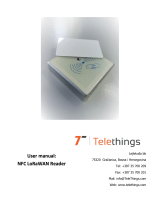
Contents
1. Product Introduction.................................................................................................................................5
1.1 Overview...........................................................................................................................................5
1.2 Features............................................................................................................................................5
2. Hardware Introduction............................................................................................................................. 5
2.1 Packing List..................................................................................................................................... 5
2.2 Hardware Overview........................................................................................................................ 6
2.3 Dimensions...................................................................................................................................... 7
2.4 Power Button...................................................................................................................................8
2.5 Pinouts..............................................................................................................................................8
3. Device Assembly....................................................................................................................................... 8
4. Operation Guide...................................................................................................................................... 10
4.1 Log in the ToolBox........................................................................................................................10
4.1.1 NFC Configuration............................................................................................................ 10
4.1.2 USB Configuration.............................................................................................................11
4.2 LoRaWAN Settings....................................................................................................................... 12
4.3 Basic Settings............................................................................................................................... 14
4.4 Advanced Settings....................................................................................................................... 15
4.4.1 Data Collection Settings...................................................................................................15
4.4.2 Calibration Settings.......................................................................................................... 15
4.4.3 Threshold Settings............................................................................................................16
4.5 Maintenance..................................................................................................................................17
4.5.1 Upgrade.............................................................................................................................. 17
4.5.2 Backup................................................................................................................................ 18
4.5.3 Reset to Factory Default.................................................................................................. 19
5. Installation............................................................................................................................................... 20
6. Milesight IoT Cloud Management........................................................................................................21
7. Device Payload........................................................................................................................................22

























